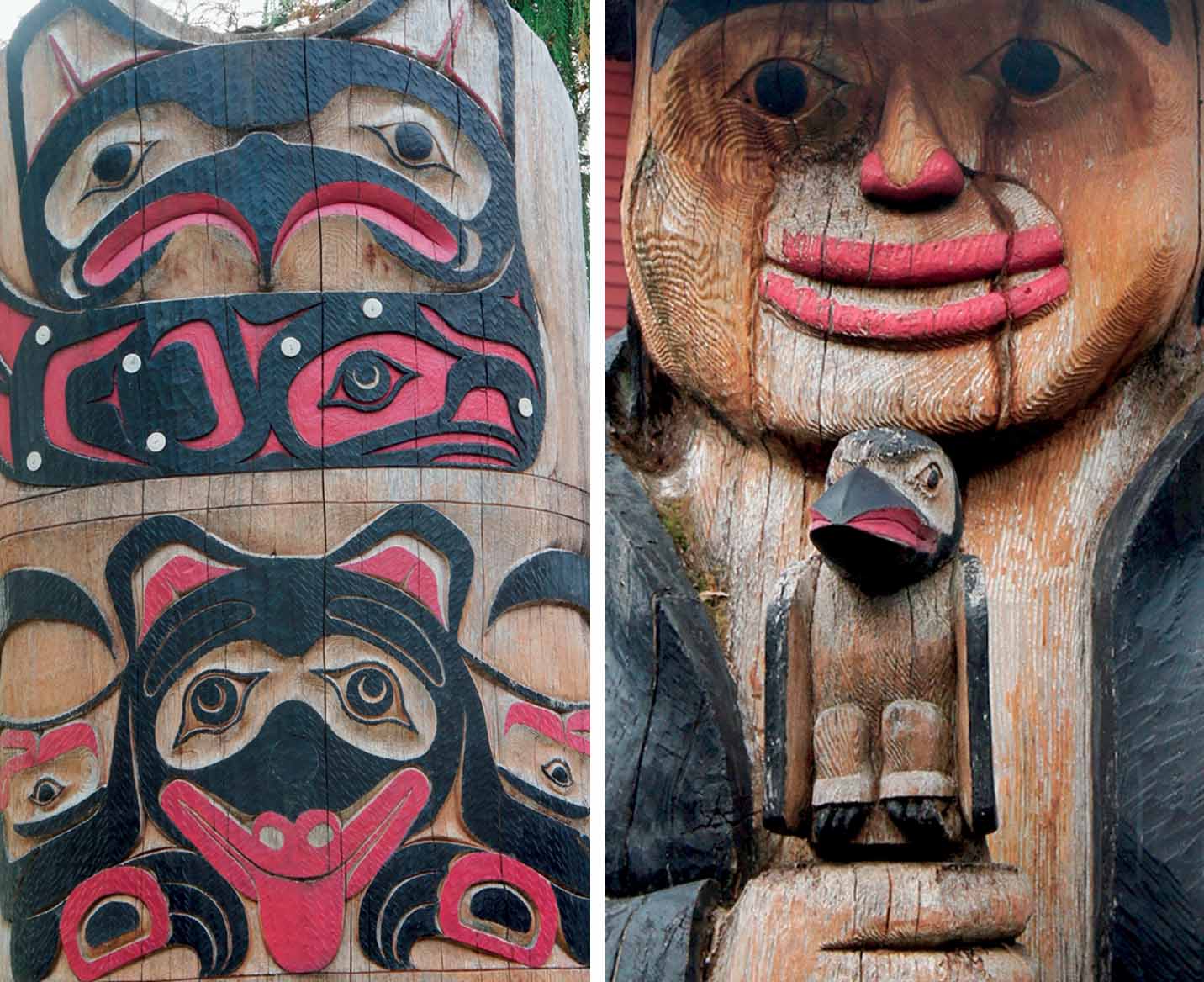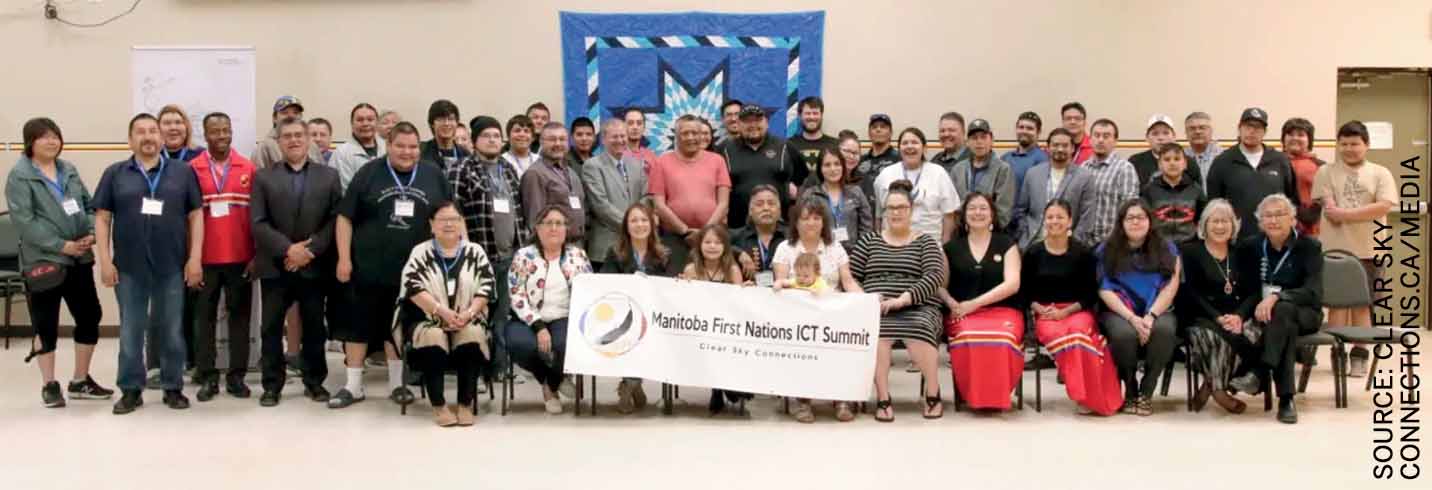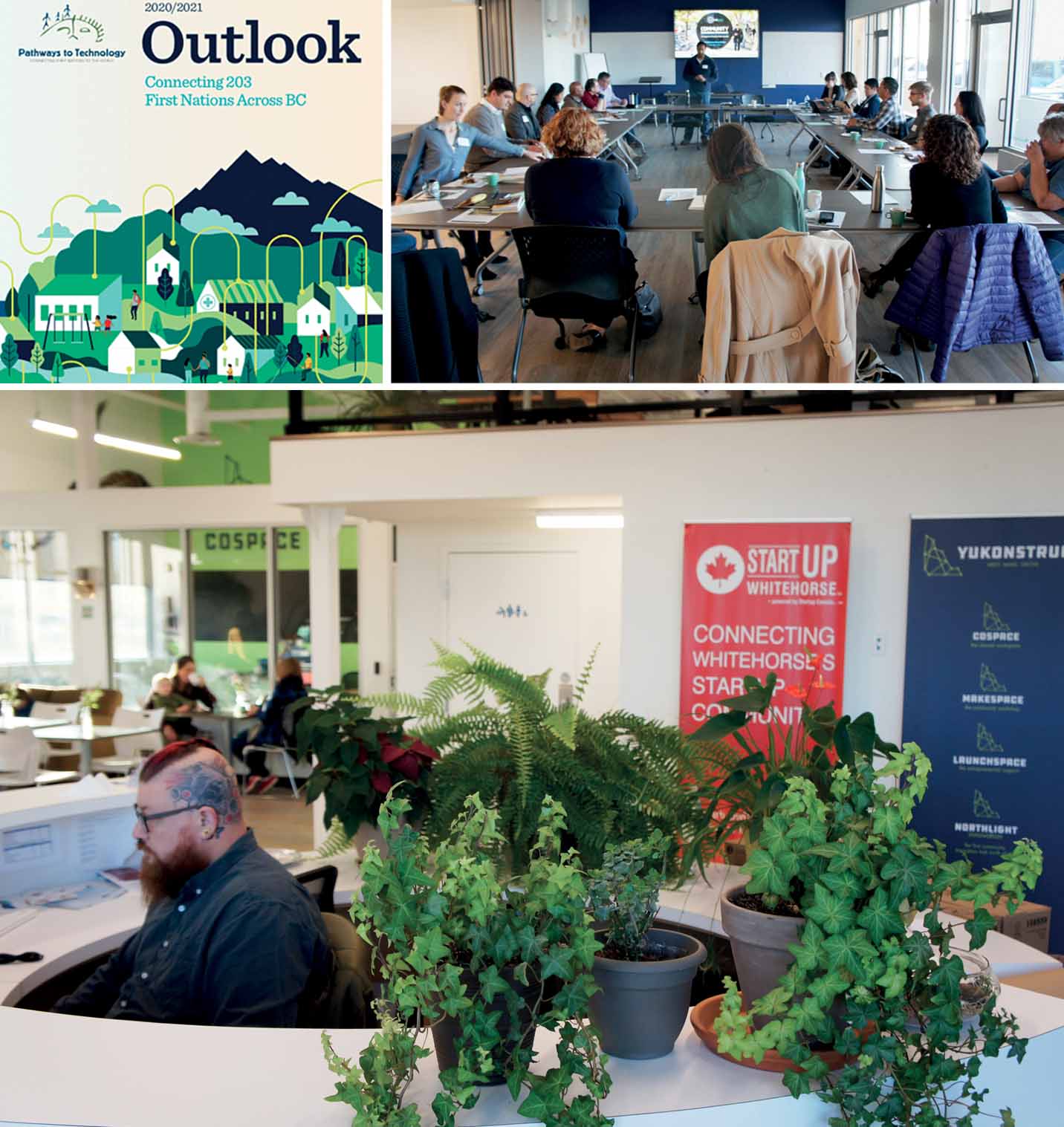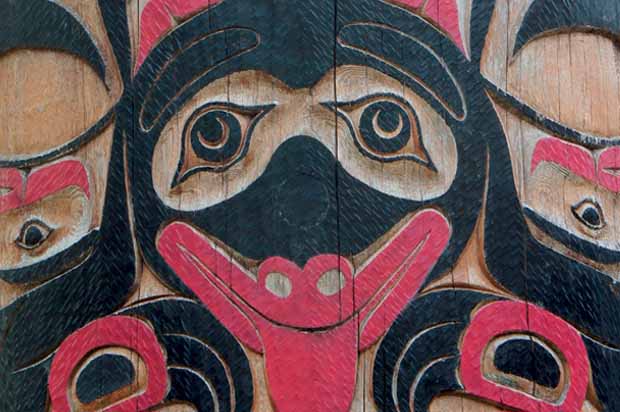Building and sustaining local identities among diverse communities that emigrate into countries like the United States and Canada is given a wide berth so that they may develop social clubs and create cohesive neighbourhoods with special language and cultural schools, institutions and religious affiliations. These groups, such as the German-Americans or Indian-Canadians, hold festivals, parades, organise radio programmes in their language and culture, and proudly raise their flag along with the Canadian or American flag. They do so without the feeling of repression. After their Sunday parades, the majority of these folk return to work in American or Canadian offices and live their high quality of life without loss of identity. But they also tend to do so largely without further thought about who they are unless provoked by a fellow worker. Then we might see the rage of a fiery fighting Irishman come out of the mild-mannered office mail clerk. On the other hand, we are currently witnessing the patriotic zeal of Ukrainians worldwide as the struggle in that country continues.
At the base of much consternation about identity is the deep need for relevancy, self-esteem, respect, belonging and self-actualisation. These elements that equate to a sense of identity can be described as important Mazlovian traits. How people can protect, maintain and expand their identity in an increasingly globalised world is complex and worth writing a book about.

Nevertheless, marginalised people in societies around the world are indeed at risk of further isolation. However, with today’s technology and advanced applications, many of these groups have become more aware and can more eloquently share their concerns. With advances in technology, they’ve been able to attract a wider audience to help them gain traction in their fight to sustain their identities and grow opportunities for their people. Some have even used video, data and analytics to present their case, as well as use it constructively to innovate and develop opportunities for growth and prosperity. Examples include Black Lives Matter, the #MeToo movement, and black and Latino neighbourhoods using video and data to fight back at police targeting their marginalised communities.
One only has to look at the example of the nine minutes and 29 second video that was at the centre of the trial against former Minneapolis Police officer Derek Chauvin showing how he killed George Floyd, or the video that implicated the three Georgian men who shot and killed Ahmaud Arbery while running in his Georgia neighbourhood, to understand how powerful technology has become in giving voice to marginalised groups. Others have developed databases of crimes committed against marginalised people such as Asians fighting hate crimes against them. Unfortunately, terrorists, hate groups and other fringe elements have utilised these same technologies to advance their messages or actions against these marginalised peoples.
How people can protect, maintain and expand their identity in an increasingly globalised world is complex and worth writing a book about
In Canada, Indigenous people have struggled to protect, maintain and grow their identity and culture. Over a century of misplaced policies and attempts to absorb these Indigenous populations into white Anglo-societies created mistrust and further division between Indigenous people and the governments of the day across the country. This has also happened in many other countries where Indigenous populations had been marginalised and mistreated. In recent years, the discovery of hundreds of school-age children’s mass graves in forced residential schools across Canada has further damaged the relationships between the societies that must co-exist within their country. Despite large amounts of financial aid and other forms of reconciliation, these attempts have not reduced the distrust, nor removed the separation between them. This example has played out across national and international media. But what is not well-known is that their data is not protected and has been misused more so than others.

To protect people’s privacy and their personal and collective data, an international Open Data Charter (ODC) was created as a collaboration among over 150 governments and organisations with the goal to open up data within an established set of shared principles. Their efforts have been to secure policies and practices enabling governments ‘to collect, share and use well-governed data, to respond effectively and accountably to our most pressing social, economic and environmental challenges.’ The mission of the ODC is to ‘make data open and freely available while protecting the rights of people and communities.’ However, when it comes to marginalised peoples, such as Indigenous communities, historically they tend to be excluded in the process. Their input regarding their data, especially how and which data was to be collected, how it was to be used, and to whom and how it was to be presented were not so clear. In the past, their data was freely used by governments to justify and maintain the status quo of subjugation. Their identities were wiped away at schools and, consequently, many Indigenous people mistrust the data and the governments that have abused them, often citing this history as reasons for further being wary of sharing data or trusting in its collection process, thereby also limiting their potential use of it to further their own strategies for creating and sustaining their identities.
The use of technology by marginalised groups to raise awareness of their identities and issues is only part of the answer
This is a complex issue and cannot be adequately covered in this brief article. Rather it is important to be raised since this humanitarian issue is not just part of Canada’s history, but also of others around the world such as the United States and Australia. It has also been an international issue like in Bolivia and continues to play out among the Han in China through campaigns of repression against Uighurs, Kazakhs and other minority groups in re-education camps. Interestingly, the plight in one area and how they used data and technology to meet their goals can be replicated in other regions by similar marginal groups or used for collaborative efforts. For instance, the ‘Idle No More’ campaign used collaborative digital tools such as the Internet, social media and other digital technologies to help raise the identity and awareness of environmental and cultural issues of a locally marginalised group in Canada. This local campaign framed their story as seeking justice and consequently empowered Indigenous communities to stand up for their rights, cultures, land and sovereignty. This campaign approach spread to the United States and later to New Zealand and Ukraine.
Another example is the Blackfoot Tribe’s use of social media and other digital forums and data to conduct political activism in the U.S. for their cause to halt pipeline construction through their sacred tribal lands.
The use of technology by marginalised groups to raise awareness of their identities and issues is only part of the answer. Another aspect to consider is how the technology is developed and who is developing it. Accordingly, advances are underway to consult and engage these groups to actively participate in its development. For example, Google and Amazon are among large American companies that are actively hiring over 100,000 marginalised people for their coding and software development projects in the U.S.

Top Right: Strategy images from a meeting the author had with Whitehorse citizens and Whitehorse First Nations. Indigenous representatives speaking about ethical, transparent and open smart communities
Bottom: Northlight Innovation Hub in Whitehorse, Yukon
The Smart Cities Challenge in Canada attracted 199 submissions for significant funding to pursue projects using advanced technologies to improve the quality of life in communities across the country and to develop lessons, insights and technological models for adaptation among like-minded communities in Canada. Many were from among Indigenous and other marginalised communities such as Whitehorse in the Canadian Yukon. In addition to seeking to secure robust and affordable connectivity, communities seek open, transparent, ethical and purposeful applications and uses that help these communities advance and improve the quality of life for their citizens. For example, the Biigtigong Nishnaabeg, in Northern Ontario is embracing technology to advance a bilingual (Nishnaabemwin and English) K-12 STEM education initiative for its youth. Their youth receive more than 2,000 hours of mobile-enabled, online Nishnaabe-language immersion instruction in all of their core ‘aadsookaanan’ (sacred stories). Additionally, their youth are able to attain proficiency in coding and robotics and possess a strong foundation in mathematics and science in their Nishnaabemwin language through advanced mobile-enabled technologies.
Through much of the literature that exists, many insights and lessons learned seem to be summed up through UNESCO’s Guidelines on this topic, namely that it is important to include the active participation of the Indigenous community in framing the projects, especially in technology-related projects, and ensuring the cultural and economic sustainability of these technologies and digitally supported initiatives. These digital initiatives can be significant tools to aid cultural preservation and revitalisation in building and sustaining their Indigenous identities, communities and intercultural dialogue. In Canada and elsewhere, one of the key requirements for Indigenous communities to protect, maintain and grow their identity and culture is access to broadband Internet, which would support Indigenous self-determination in enabling their communities to address their priorities. It would also improve access to programmes and services, support economic development and contribute to the revitalisation of their language and culture. However, these communities disproportionately lack this access, or it is unaffordable, affecting their economies, education and health.
According to a recent Canadian government-supported report, “The development, delivery, and adoption of broadband connectivity in Indigenous communities should be led by, and developed in partnership with, Indigenous people.” Examples of Indigenous communities establishing their own service providers and networks to provide for their community needs include a project managed by an Indigenous-owned First Nations company in British Columbia called Pathways to Technology (www.pathwaystotechnology.ca), Clear Sky Connections (www.clearskyconnections.ca), an Indigenous-owned telecom network addressing the needs of First Nations in Manitoba and K-Net (www.communities.knet.ca), an Indigenous-owned and operated telecom service providing access to over 100 First Nations across Ontario, among several others across Canada. One of the most recognisable Indigenous-owned and operated communications companies is the Aboriginal Peoples Television Network (www.aptntv.ca), located in Winnipeg for over two decades. These are excellent, yet far and few between, examples of how Indigenous people in Canada are using their resources, ingenuity and self-determination to protect, maintain and grow their identity and quality of life.
All photos: John G. Jung




Comments (0)